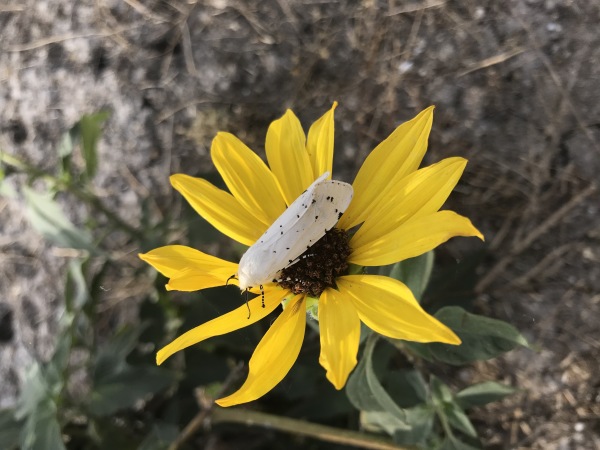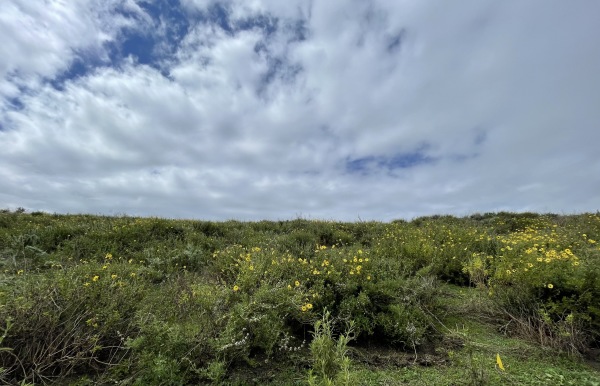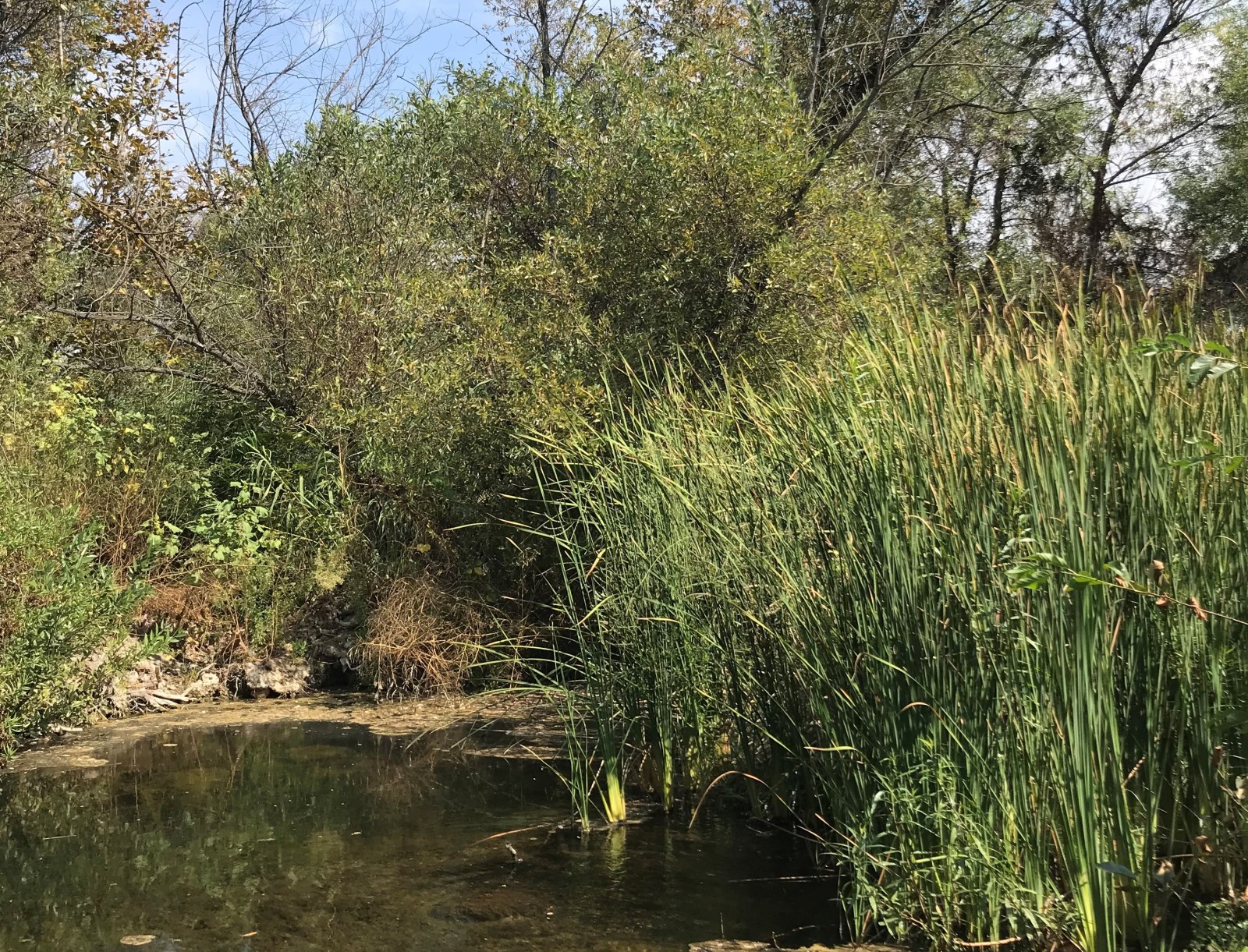After a rain event, do you ever wonder where all that water goes? The rainwater comes down the slopes of the hills and mountains and from street runoff into channels, creeks, rivers and streams, ultimately heading to the ocean. That area of land that drains all the water from streams and rain to the same outlet is called a watershed.

The water that falls in a watershed doesn’t always flow into the ocean, however. There are a few factors that contribute to the amount of streamflow in the watershed: infiltration, evaporation, transpiration, water storage and human use. Infiltration refers to the water that enters the soil and is stored in the shallow soil layer or infiltrates deeper, recharging groundwater aquifers. Evaporation is when rainwater returns to the atmosphere, turning into vapor from solar radiation. Water moving through plants and escaping through the leaves is called transpiration. Another factor is water storage, for example reservoirs preventing water from flowing downstream. The last factor that contributes to stream flow is water use by people pumping small to large amounts of water for irrigation, industries, and drinking water.
Today we are going to get to know our local watershed, Aliso Creek, a little better. Aliso Creek originates in the foothills of the Santa Ana Mountains and drains into the Pacific Ocean at Aliso Beach park in Laguna Beach. Aliso Creek runs nearly 20 miles and passes through 7 different cities: Aliso Viejo, Laguna Beach, Laguna Hills, Laguna Niguel, Laguna Woods, Lake Forest and Mission Viejo. Aliso Creek is one of the last remaining natural creeks in Orange County.
Due to the heavy urbanization that has taken place over the years, the Aliso Creek watershed has been almost completely developed. Areas of the creek itself located in the Aliso and Wood Canyons Wilderness Park are continuously being protected and restored to maintain its natural habitat. There are various different ecosystems located along Aliso Creek: riparian, annual grassland, oak woodland and coastal scrub. Within those different plant communities in Aliso Creek you will encounter different native flora like: willows, white sage, coast live oak, toyon, bush sunflower, lupin, cat tails and California blackberry to name just a few.

The Aliso Creek is an important wildlife corridor that connects the mountains to the sea. You can find local fauna in the creek such as mammals, birds, reptiles, amphibians, and fish. Some of the animals you can find along the creek include: Southwestern pond turtles, Least Bell’s vireo, coyotes, acorn woodpeckers, woodrats, red-tailed hawks, California gnatcatchers, Southern alligator lizard, Southern Pacific rattlesnakes and roadrunners.
Aliso Creek is a unique and important local watershed that supports myriad flora and fauna. Some ways we can work together to protect it include keeping trash from entering the creek, staying on designated trails, not removing any plant or animal from its habitat, and by getting involved and learning about all the things this creek has to offer.
Sources
Photos by Dulce Cortez
